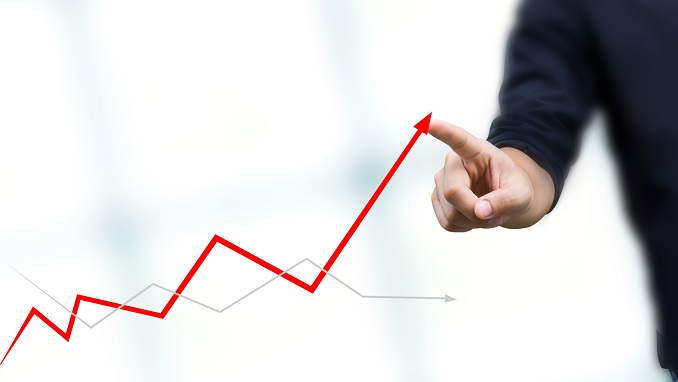Russia’s Gross Domestic Product (GDP) grew by 1.6% in the final quarter of 2017, the Russian Federal State Statistics Service said last week. The growth is another indicator of recovery for the troubled Russian economy, just out of a three-year recession.
Investments in the stock capital increased by 4.2% in the first nine months of 2017 in a sign of the stock market joining the upward trend.
But the overall economic growth hasn’t affected the lives of ordinary Russians: real income of the population continued to fall, Realnoe Vremya reports. The indicator plunged by 1.7%, although it is significantly less than in 2016 when real income decreased by 5.8%.
Nonetheless, retail trade demonstrated growth for the first time in three years. It increased by 1.2%, showing that the population is close to overcoming the peak of the economic crisis.
Industrial output and agricultural production continued to increase, although the growth slowed down compared to 2016. Last year’s grain harvest has been the record one for Russia, and the national agricultural output increased by 2.4% in 2017, but a year ago it showed a growth of 4.8%. As for industrial output, it added 1% last year, while in 2016 it grew by 1.3%.
The most significant growth was seen in the foreign trade turnover, which amounted to $528,9bn due to rising oil prices and the strengthened rouble. These two factors led to a 25.1% increase in Russia’s export and import compared to the previous year.
Earlier it was announced that Russia’s bilateral trade with Germany rose for the first time in five years in 2017. In the first eleven months of 2017, German companies sold goods worth 24.1 billion euros to Russia, with an especially strong demand for machinery and cars.
In 2016, the volume amounted to 21.5 billion euros for the whole year. Russia’s export to Germany grew by 19% and totaled in 28.6 billion euros in January-November 2017. In 2012, German export to Russia stood at 38 billion euros before the Russian-European relations have deteriorated.












